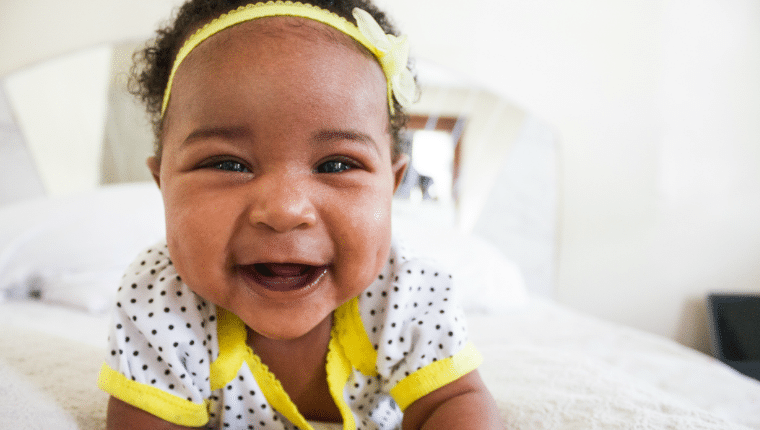How would you define inclusive education? Is it simply ensuring that all children are treated equally and have the same opportunities and access to a varied, challenging and engaging education? Or is it more than this?
At fully inclusive schools and ECE centres, all students are welcome and are able to take part in all aspects of the programme. Diversity is respected and celebrated. Inclusive education settings believe all students are confident, competent, connected, actively involved, lifelong learners and work towards this within T e Whaariki and the New Zealand Curriculum documents. Children’s identities, cultural differences, ethnicities, languages, abilities, and talents are recognised and affirmed, and their learning needs are addressed and supported where needed and appropriate. Inclusive education is founded in the Education Act 1989, which says: “people who have special education needs (whether because of disability or otherwise) have the same rights to enrol and receive education at state schools as people who do not”. Now this wording is a bit out dated and reflects the decade in which it was written, but it’s sentiments are still the same.
There are many barriers to the all-encompassing inclusion during Early Childhood Education and many parents come up against these time and time again. All parents want the same things for their children, for them to be loved, nurtured and guided to develop into confident, articulate, competent people who make a genuine contribution to society. For their child to be given the same opportunities as any other. However, some parents must fight much harder for this to be a reality. For parents of children with disabilities, health issues and learning difficulties, it is a constant struggle to ensure their child has the same access and opportunities as any other child. Creating and sustaining an inclusive education setting requires identifying, challenging and removing barriers to the belonging, participation and success of every child and their family. The diagnosis and labelling of children in ECE is not only prevalent but growing, and endorsed by the funding system as well as some professionals and services. This is particularly problematic as children living in poverty and Māori children are being labelled as having ‘special education needs’ in disproportionate numbers. This labelling language actually perpetuates negative beliefs about the nature of disability and reinforces the idea that there are two types of child or learner and two types of education, ‘special’ and ‘normal’. Unsurprisingly, this creates a division and makes those children labelled as ‘special’ different to the others.
Early childhood settings are in the perfect position to take a leading role in working with communities to identify and remediate inequality, they have close and frequent communication with parents, caregivers and other whānau in the community making this possible. Qualified and supportive early childhood teachers have the knowledge and skills required to understand and meet the needs of diverse learners and their families, including disabled or labelled children. However, with a huge lack of funding in the ECE sector, the conflict between making a profit through limiting costs and providing the best environmental conditions and support for quality education is a serious barrier and concern. Children, in particular children and families who are identified has having ‘additional needs’, are easily viewed as a drain on resources, time and income.
An inclusive classroom is one that values the contributions of all students, their families/whānau, and communities. It recognises that every learner is unique and builds on their languages, cultures, and interests; and identifies and removes any barriers to achievement. Inclusive teachers seek to understand the identity, culture and language that is unique to each child and then build connections with this child and their family through this understanding. Do you view difference as a deficit or simply as diversity? Teachers must create frequent opportunities for children to talk about their unique culture, where they are from, what is important to them and why, create learning opportunities that connect with what children are interested in and celebrate these interests, use children’s experiences to be able to connect and create teaching moments with all children, create ways to incorporate different languages into everyday life and learning opportunities in centres, ensure children feel proud about their different language and want to use it and treat them as ‘experts’ in this and encourage them to share it with the other children
Becoming more inclusive is a matter of thinking and talking; reviewing and refining practice; and making attempts to develop a more inclusive culture. Teachers need to support and empower all children to learn and achieve personal excellence, regardless of individual circumstances.
“Diversity needs to be recognised as a strength for a future oriented learning system, something to be actively fostered, not a weakness that lowers the system’s performance. Diversity encompasses everyone’s variations and differences, including their cultures and backgrounds. This calls for greater engagement of learners, family/whanau and communities in co-shaping education to address their needs, strengths, interests and aspirations, while also ensuring that all students-no matter where they are from or where their learning happens-have opportunities to develop and succeed”
– Rachel Bolstad and Jan Gilbert “Supporting future-oriented learning and teaching: A New Zealand perspective”
Interested in learning more about this topic? Check out our course – Inclusive ECE – via the Online Learning Hub.


